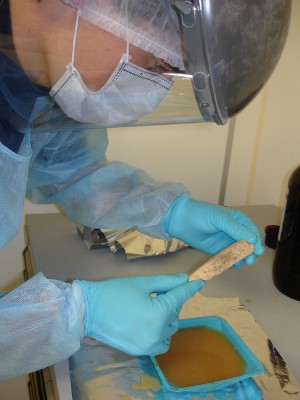
That our species had sexual intercourse with Neanderthal’s have been known for some years now after the first startling scientific findings of shared DNA.
In December 2013 scientists reported for the first time, a high coverage genome of a Neanderthal extracted from the toe bone of a Neanderthal who lived over 50 000 years ago.
Shared DNA
This genome was analyzed at the Max Planck Institute for Evolutionary Anthropology in Germany. A study that detailed an initial draft of the Neanderthal genome based on the analysis of four billion base pairs of Neanderthal DNA.
Later research then indicated that circa 99.7% of the base pairs of the modern human and Neanderthal genomes are identical, compared to humans sharing around 98.8% of base pairs with the chimpanzee. With Europeans having a little more Neanderthal DNA, for which 1% to 4% of the DNA in modern Europeans is indeed Neanderthal in origin. Asians and those as far afield as Papua New Guinea also indicate Neanderthal DNA, but with no shared Neanderthal DNA among Africans.
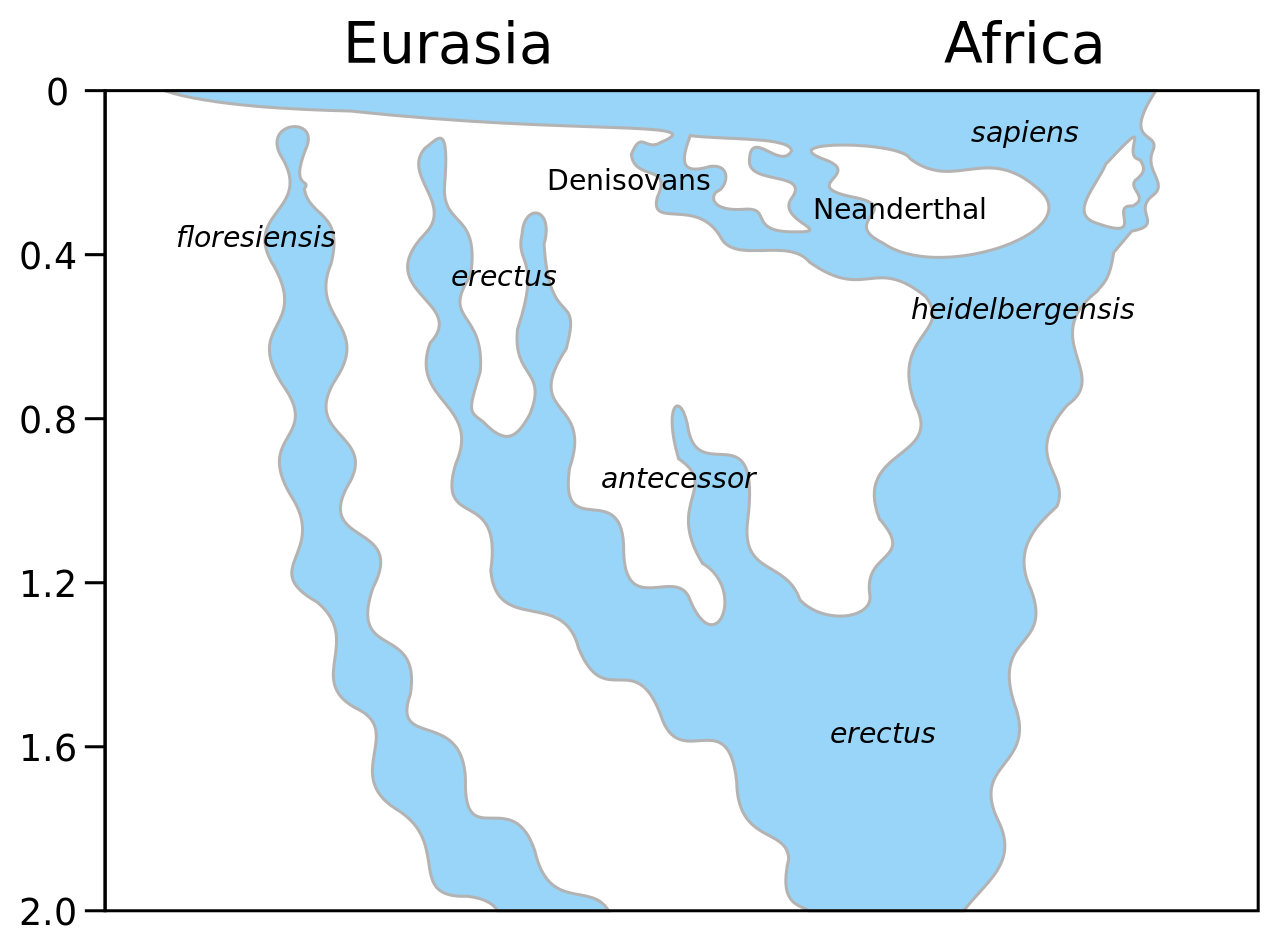
These finding raised more questions, however. How common was this apparent behavior of sexual intercourse between species? Where and when did it take place? Now some new research provides some answers. As it suggests that intercourse probably happened a few times only at around 54,000 years ago.
A Prehistoric Russian
This, according to the new study Genomic structure in Europeans dating back at least 36,200 years published in the journal Science. In this study, researchers from several countries and universities analyzed DNA isolated from a well-preserved skeleton and the skull of a prehistoric man of our own species, found in Kostenki, Russia.
The remains of this man were found in Southern Russia and he belonged to a group of early European ice age hunters who lived around 36,200 and 38,700 years ago, making him one of the oldest homo sapiens fossils found in Europe.
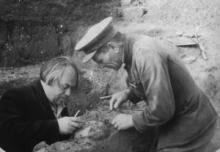
The DNA analysis reveals several interesting details about our early history on the continent. Perhaps most importantly, we now know when we mixed our DNA with Homo Neanderthals. As it probably happened during the initial contacts with Neanderthals already living in Europe and the surrounding area. When Homo Sapiens had begun migrating across Europe to settle. And this also explains why no Africans carry Neanderthal DNA today.
Following our initial meeting with our distant cousins and resulting sexual exchange, we probably coexisted with Neanderthals for over 10,000 years before the latter died out. But the research suggests that intercourse was atypical and happened only a few times, at least with successfully fertile offspring.
Europeans And Asians
The study also shows that two main branches of our species, the European gene pool and the and East Asian, have been separated for a very long time. The hunter found in Southern Russia, who died more than 36,000 years ago shows strong genetic affinities with modern Europeans, but not with people living in today’s China or Japan.
The Kostenki man genome gives scientists a point of reference to around 37,000 years ago, where the lines must have split, and as a 45,000-year-old genome from the recently discovered Ust’ Ishim in Siberia sets the point in the other direction. And this provides an answer to when separation took place, as scientists now know that within this 8,000-year gap, Europeans and Asians went their separate ways.
Scandinavians and Russians
A closer analysis also shows that the 36,000-year-old man is more closely related to those people found in Scandinavia and eastern Europe than with those found in southern and central Europe.
Professor Eske Willerslev, Director of the Centre for GeoGenetics at the University of Copenhagen, was involved in the study said; “Actually, he is closer to Danes, Swedes, Finns, and Russians than to Frenchmen, Spaniards and Germans”.
This man belonged to the first wave of humans that migrated to Europe, the second wave came later via Eastern Europe and the Caucasus, and then around 8,000 years ago the third group of people migrated into Europe, these peoples were farmers from the near Middle East that came and brought with them a new resident lifestyle of towns and the cultivation of crops.
Hit this link for an interview with Professor Eske Willerslev, in which he talks about these new findings on the early peoples migrating into Europe.
_______________
Genomic structure in Europeans dating back at least 36,200 years
Evolution: What makes a modern human
______________________________

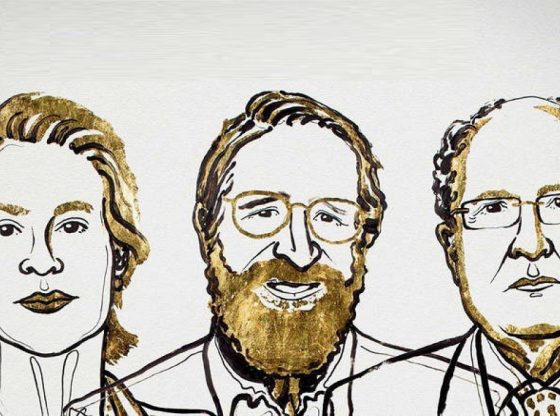

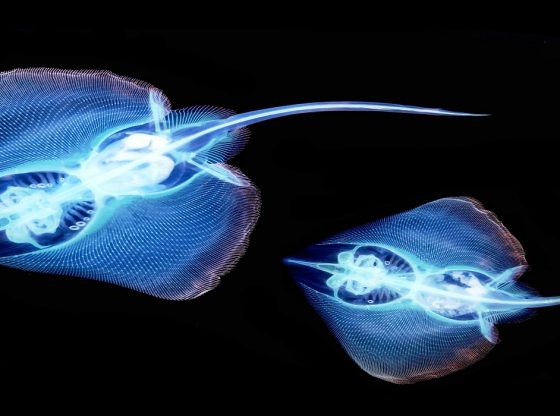
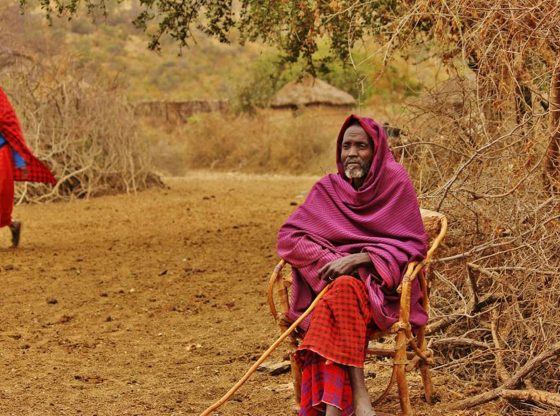
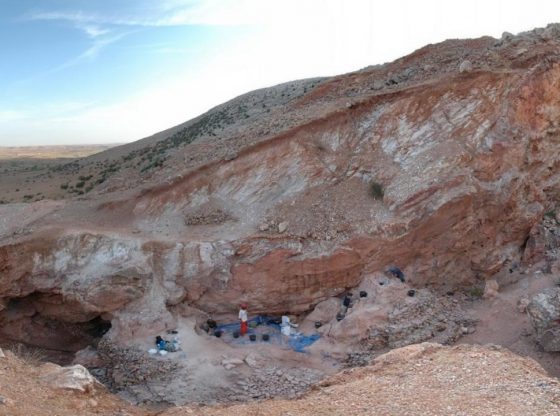
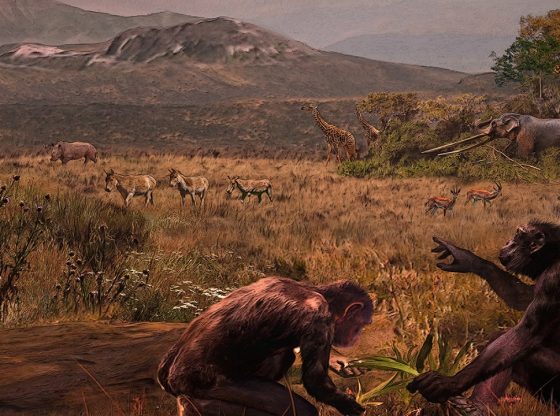

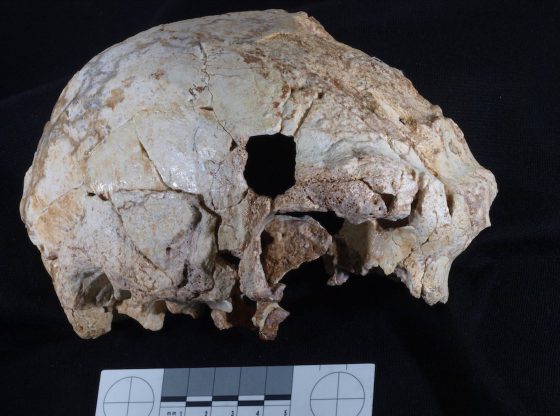
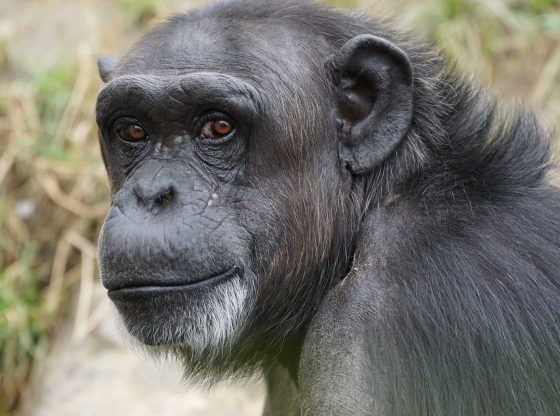
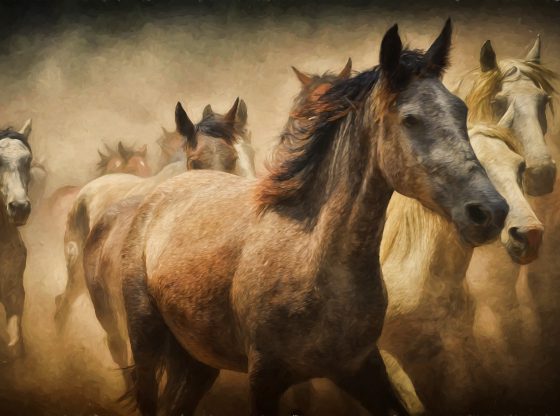
![OpenAI. (2025). ChatGPT [Large language model]. https://chatgpt.com](https://www.illustratedcuriosity.com/files/media/55136/b1b0b614-5b72-486c-901d-ff244549d67a-350x260.webp)
![OpenAI. (2025). ChatGPT [Large language model]. https://chatgpt.com](https://www.illustratedcuriosity.com/files/media/55124/79bc18fa-f616-4951-856f-cc724ad5d497-350x260.webp)
![OpenAI. (2025). ChatGPT [Large language model]. https://chatgpt.com](https://www.illustratedcuriosity.com/files/media/55099/2638a982-b4de-4913-8a1c-1479df352bf3-350x260.webp)








